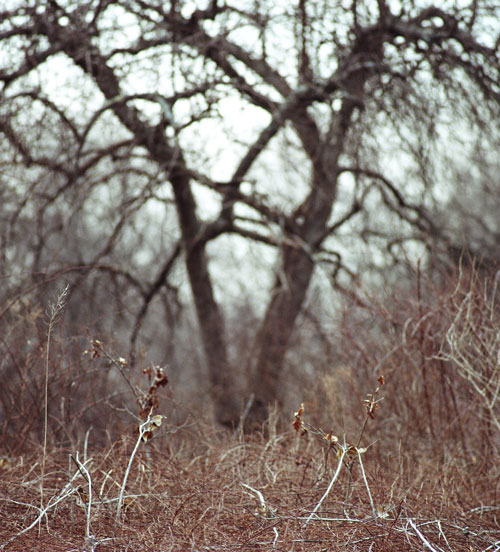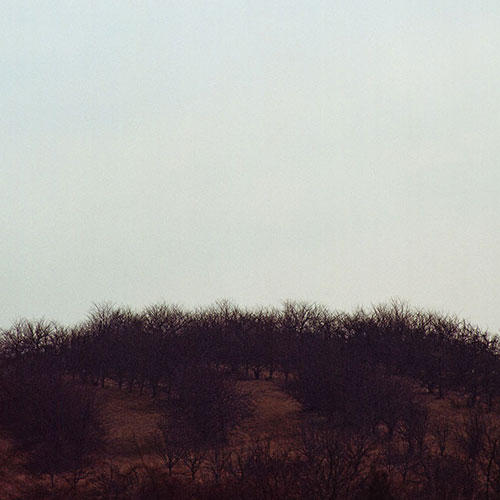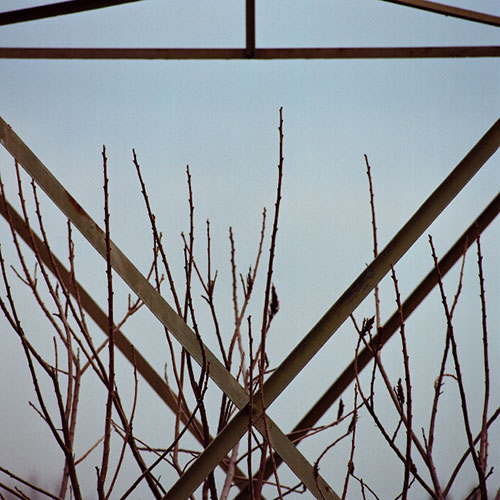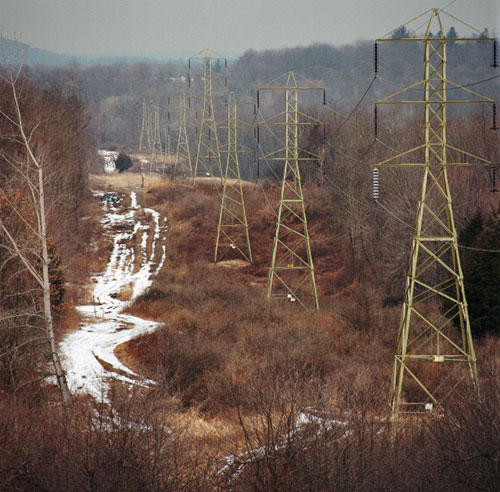I’ve got some relatively set preferences for lens lengths, but as I shoot more formats, I’m discovering that I have sometimes very different tastes for them.
For straight 35mm and 6×6, I don’t like anything longer than "normal": 80mm on 6×6 and 45mm on 35mm. (I actually find 50mm a bit long on 135 and prefer the 45mms on my Contax G2 and Hasselblad/Fuji XPan, and 28mm (44.8mm equivalent) on my 1.6x DSLR.) As I’ve written before, long lenses in these formats are pretty much strictly utility items for when I physically can’t get close enough to something. I’d rather go wide, sometimes very wide—I’ve been drooling over the 38mm 6×6 Hasselblad SWC for several years.
On 4×5, I find the "normal"-to-slightly-wide 150mm utterly boring and uninspiring. A Fuji 150/5.6 was the only modern large format lens I had until about two months ago. I did shoot a couple of frames I’m happy with with it, but I found its field of view so blah that I barely bothered to shoot with it at all. I recently bought a 210/5.6, which is getting there, but I was surprised to find that it’s still not long enough! I don’t know whether it’s the 4:5 aspect ratio, or because of the way I see when I have movements available, but my inclination on the format is to go long. (I have to be 2.5-3 feet away from my subject to shoot a head-and-neck shot with the 210mm, which is just too close. I feel like I breathing down their necks.)
It may also be because I’m just beginning with premeditated portraiture, and I’m doing it with this kit… I’m sure I’m in for loads of surprises with that. No interest in going wide so far. I have seen some spectacular LF wide angle landscape photography, but that’s not the kind of landscape pictures I’m interested in making right now.
I also recently picked up a half frame 35mm Olympus Pen FT SLR, which came with a 40mm, close-focussing lens. It’s kind of long on half frame (which has the same aspect ratio as a normal 35mm frame), but it suits me fine. I got a 25mm for it, which I’ve mounted and looked at stuff through, but haven’t felt the need to take a single shot through it yet.
Portraiture with 4×5 is making me want to try 150mm on 6×6, though. I think the only long lens I have for the format, a 350mm, is probably just too much for me.
I’m about to take the plunge into 8×10, which has the same aspect ratio as 4×5, but I’m curious to see if any surprises come out of that. With a viewfinder with four times the area, who knows? It’s bound to change the way I see in one direction or another.



